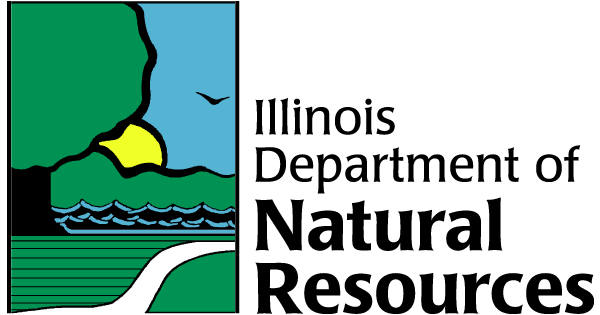History
The name Mackinaw is a derivative of an Ojibwa word meaning "large turtle". Members of the Hopewell culture lived in the area 1,700 to 2,100 years ago, while the Kickapoo, Potawatomi, Chippewa and Ottawa also once fished, hunted and roamed along the river. In the 1960's, a non-profit Bloomington-based conservation group, the Parklands Foundation, acquired the initial acreage that was to become Mackinaw River State Fish & Wildlife Area. In 1970, the foundation offered it to the state, and subsequent acquisitions by the Department of Natural Resources have brought the total holding to 1,448 acres.
Natural Heritage
The Mackinaw River State Fish & Wildlife Area features a more rugged topography than the rest of the Mackinaw River Valley. The site is located where the Mackinaw River cuts through the Bloomington Moraine, which is a ridge of sand and gravel that was carried and deposited by the Wisconsin Glacier 8,000 years ago. Tributaries to the Mackinaw have cut deep ravines to reach the floodplain, leaving behind high, flat-topped ridges that were used for fruit orchards before they were farmed. Nearly two-thirds of the acreage is forested, which accounts for the abundance of forest-dependent wildlife.
On the upland ridges, a high-quality forest of white oaks and black oaks thrives, while chinquapin oaks, sugar maples and red oaks dominate the ravines. Sycamore and silver maple occupy the floodplain. Beneath the forest canopy, a lush tangle of native plants covers the forest floor. Birders, wildlife photographers and other nature observers find Mackinaw an excellent site.






